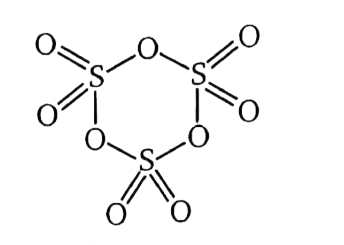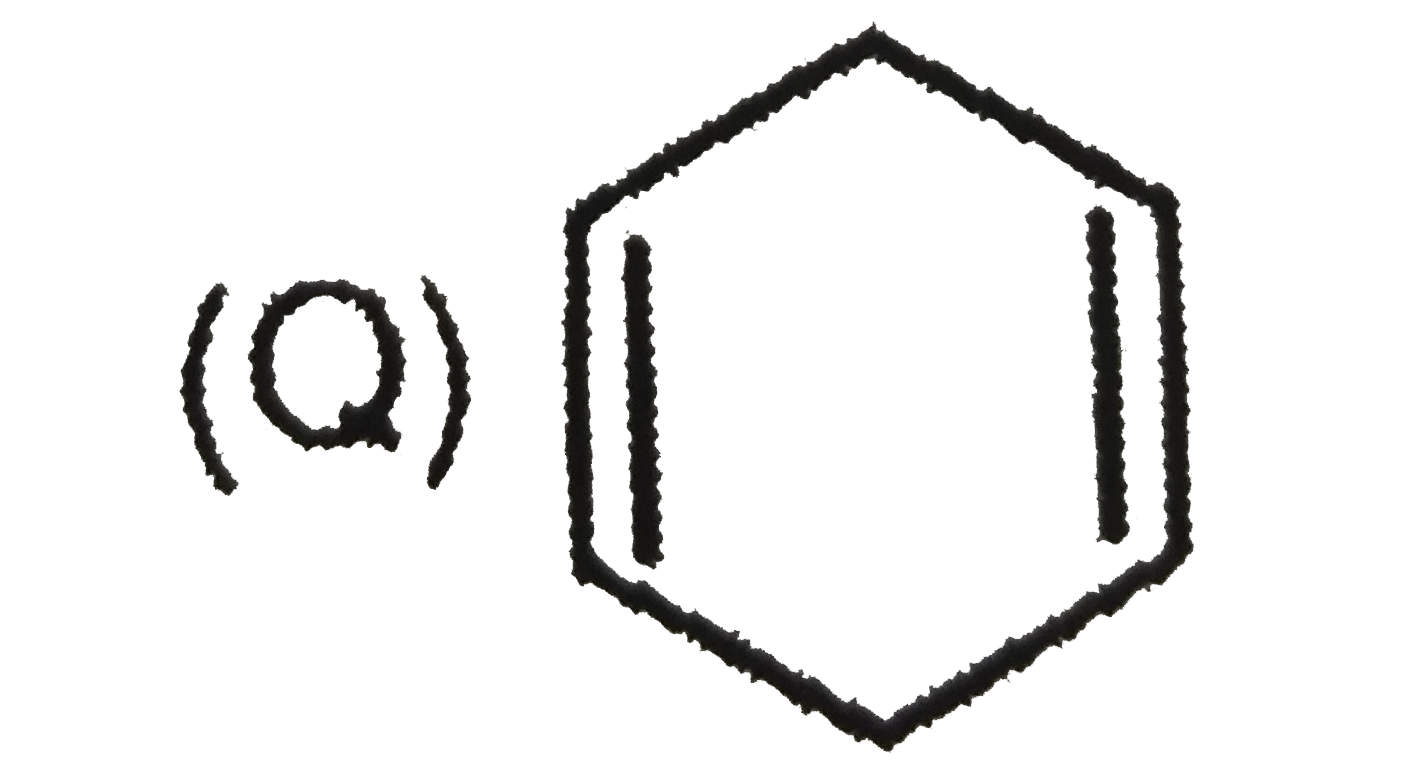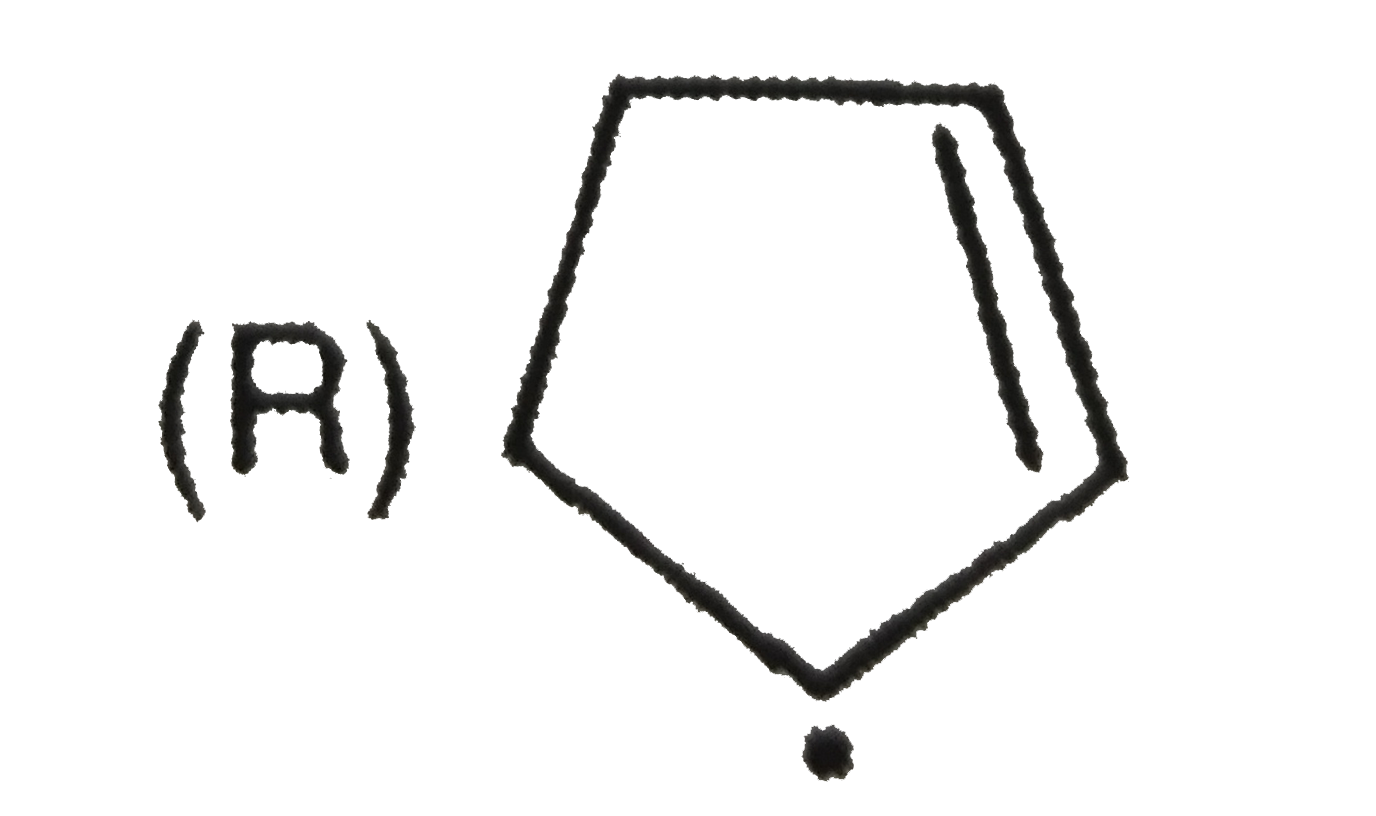Following compounds A and B have similar structure with delocalization of π-electrons system. (A)(PNCl2)x/2 (B)(CH)x
If value of x is 6, then calculate value of "P+Q", where 'P' is total no. of σ-bonds in compounds A and B and 'Q' is total no. of π bonds in compounds A and B.
The correct Answer is:30
To solve the problem, we need to analyze the two compounds A (PNCl₂) and B (C₆H₆) and calculate the total number of sigma (σ) and pi (π) bonds in both compounds.
Step 1: Identify the compounds
- Compound A is PNCl₂ (where x = 6 implies we have P(NCl₂)₃).
- Compound B is C₆H₆ (benzene).
Step 2: Draw the structures
1. Structure of Benzene (C₆H₆):
- Benzene has a hexagonal ring structure with alternating double bonds (delocalized π-electrons).
- Each carbon atom is bonded to one hydrogen atom.
The structure can be represented as:
HH C=CHH C=CHH
2. Structure of PNCl₂:
- The structure of PNCl₂ can be visualized as a cyclic compound similar to benzene, where phosphorus is at the center and nitrogen atoms are at the vertices of the triangle.
- Each nitrogen is bonded to two chlorine atoms and has a lone pair.
The structure can be represented as:
ClCl N/PN N/ClCl
Step 3: Count the sigma (σ) and pi (π) bonds
1. For Benzene (C₆H₆):
- Sigma bonds:
- Each C-C bond: 6 (C-C bonds)
- Each C-H bond: 6 (C-H bonds)
- Total σ bonds in benzene = 6 (C-C) + 6 (C-H) = 12 σ bonds.
- Pi bonds:
- There are 3 π bonds due to the alternating double bonds.
2. For PNCl₂:
- Sigma bonds:
- Each N-P bond: 3 (N-P bonds)
- Each N-Cl bond: 6 (2 Cl for each of the 3 N)
- Total σ bonds in PNCl₂ = 3 (N-P) + 6 (N-Cl) = 9 σ bonds.
- Pi bonds:
- There are 3 π bonds due to the delocalization similar to benzene.
Step 4: Calculate total P and Q
- Total σ bonds (P):
- P = σ bonds in benzene + σ bonds in PNCl₂ = 12 + 9 = 21 σ bonds.
- Total π bonds (Q):
- Q = π bonds in benzene + π bonds in PNCl₂ = 3 + 3 = 6 π bonds.
Step 5: Calculate P + Q
- P + Q = 21 + 6 = 27.
Final Answer
The value of P + Q is 27.
---
- Compound A is PNCl₂ (where x = 6 implies we have P(NCl₂)₃).
- Compound B is C₆H₆ (benzene).
1. Structure of Benzene (C₆H₆):
- Benzene has a hexagonal ring structure with alternating double bonds (delocalized π-electrons).
- Each carbon atom is bonded to one hydrogen atom.
HH C=CHH C=CHH
- The structure of PNCl₂ can be visualized as a cyclic compound similar to benzene, where phosphorus is at the center and nitrogen atoms are at the vertices of the triangle.
- Each nitrogen is bonded to two chlorine atoms and has a lone pair.
ClCl N/PN N/ClCl
- Sigma bonds:
- Each C-C bond: 6 (C-C bonds)
- Each C-H bond: 6 (C-H bonds)
- Total σ bonds in benzene = 6 (C-C) + 6 (C-H) = 12 σ bonds.
- Pi bonds:
- There are 3 π bonds due to the alternating double bonds.
2. For PNCl₂:
- Sigma bonds:
- Each N-P bond: 3 (N-P bonds)
- Each N-Cl bond: 6 (2 Cl for each of the 3 N)
- Total σ bonds in PNCl₂ = 3 (N-P) + 6 (N-Cl) = 9 σ bonds.
- Pi bonds:
- There are 3 π bonds due to the delocalization similar to benzene.
- Total σ bonds (P):
- P = σ bonds in benzene + σ bonds in PNCl₂ = 12 + 9 = 21 σ bonds.
- Total π bonds (Q):
- Q = π bonds in benzene + π bonds in PNCl₂ = 3 + 3 = 6 π bonds.
- P + Q = 21 + 6 = 27.
The value of P + Q is 27.
Topper's Solved these Questions
Similar Questions
Consider following compounds A to E :
(A) XeFn (B)XeF+(n+1) (C)XeF−(n+1) (D)XeF(n+2)
(E ) XeF2−(n+4),
If value of n is 4, then calculate value of p÷q here, 'p' is total number of bond pair and 'q' is total number of lone pair on central atoms of compounds (A) to (E ).View SolutionConsider following compounds A to E :
(A) XeFn (B)XeF+(n+1) (C)XeF−(n+1) (D)XeF(n+2)
(E ) XeF2−(n+4),
If value of n is 4, then calculate value of p÷q here, 'p' is total number of bond pair and 'q' is total number of lone pair on central atoms of compounds (A) to (E ).View SolutionCalculate value of "x+y" ffor "hypophoshporic acid", where x is total number of lone pair(s) and y is total number π-bond(s) in givenn oxo-acids.
View SolutionConsider the following

Calculate value of p+q, here p and q are total number of dπ−pπ bonds and total number of sp3 hybridised atoms respectively in given molecule.View SolutionConsider the following

Calculate value of p+q, here p and q are total number of dπ−pπ bonds and total number of sp3 hybridised atoms respectively in given molecule.View SolutionCH2=C=CH−CH3, total number of σ & π bonds in given compound will be :-
View SolutionWhich of the following compound have number of pπ−pπ bond equal to pπ−dπ bond.
View SolutionWhich of the following compounds have delocalized electrons?
(P) CH2=ChO∣∣CCH3 (Q) (R)
(R)  (S) CH3CH2NHCH=CHCH3View Solution
(S) CH3CH2NHCH=CHCH3View SolutionThe hybridization of central atoms of compounds A, B, C and D are sp3d,sp3,sp2andsp respectively. If compounds A and D have same shape like I−3 and compounds B and C have same shape like water structure. Then calculate value of "P+Q+R+S", where P, Q, R, and S are number of lone pairs on central atoms of compounds A, B, C and D respectively.
View SolutionThe hybridization of central atoms of compounds A, B, C and D are sp3d,sp3,sp2andsp respectively. If compounds A and D have same shape like I−3 and compounds B and C have same shape like water structure. Then calculate value of "P+Q+R+S", where P, Q, R, and S are number of lone pairs on central atoms of compounds A, B, C and D respectively.
View Solution

